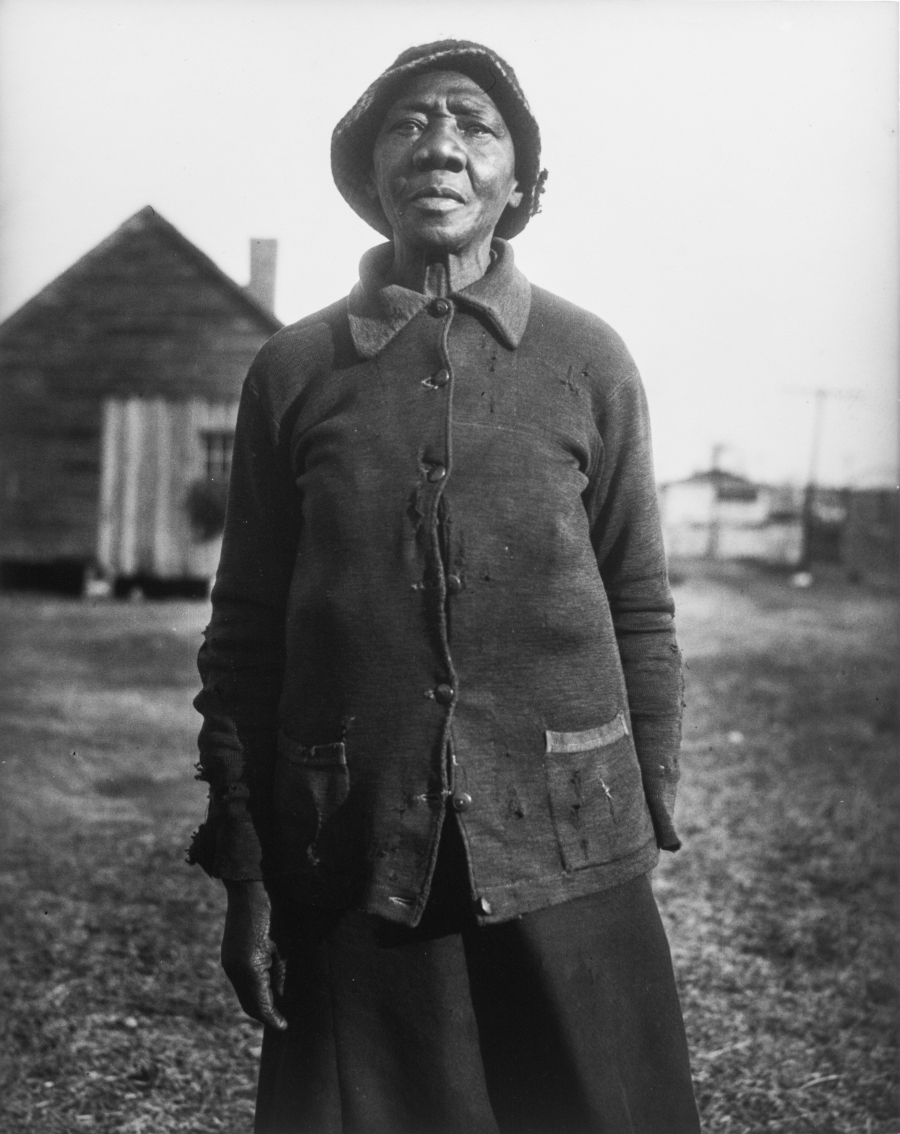Eudora Welty is a very familiar name in American letters. Those who revel in her keenly descriptive prose might also be aware of her early career in photography, as this corresponds with some of the most tempering times in American history. In college during the 1929 stock market crash, Eudora Welty returned to Jackson, Mississippi, in 1931, with a degree in English Literature from the University of Wisconsin and a year at Columbia University’s school of business, undertaken at the bequest of her father, Christian Webb Welty, who was very ill. Being present to her father as he approached the end of his days became a defining moment for Welty. After the death of her father, seeing thin prospects of finding a job in New York, Welty chose to work for a local Jackson radio station while writing a column for the Commercial Appeal, a Tennessee-based newspaper with readers in northern Mississippi.

The Delegate, 1939, Silver Gelatin Print, Culver Academies Art Collection
Insightful from an early age, Welty learned photography in her father’s darkroom and, in the mid-1930s, married her love of photography with writing by working as a junior publicity agent for the Works Progress Administration in rural Mississippi. With her square format Rolleiflex camera in hand, Welty travelled across Mississippi producing some of her most important and compelling images, processing and printing her negatives at night in her family’s kitchen. When placed on exhibition in New York in 1936, the same year Welty published Death of a Traveling Salesman, her work as a photographer received little notice. In time, her rising prominence as a writer with a uniquely Southern point of view eclipsed her work in photography. After losing her camera while traveling abroad, Welty felt this was an indication writing should be her primary means of creative communication.

Tomato Packer’s Recess, 1936, Silver Gelatin Print, Culver Academies Art Collection
Over the next few decades, Eudora Welty’s photographs remained little known while, at the same time, her writing voice became an American treasure. In 1971, the Mississippi Department of Archives and History, custodians of her negatives and papers, published a collection of her photographs as One Time, One Place. Exhibitions and accolades followed, and suddenly Welty’s WPA work received a new public. Demand for her prints lead to the publication of a portfolio edition of twenty image under the title Eudora Welty. Chosen from over one-hundred original negatives shot between 1935 and 1942, and printed, under Ms. Welty’s direction by Gil and Gib Ford of Jackson, Mississippi, the portfolios were limited to an edition of 90 by the Mississippi Department of Archives and History.
When asked about the relationship of her work to that of WPA photographers Walker Evans and Dorothea Lange, Welty quickly described the other artists as “professionals” who composed well-honed images with a visual purpose in mind. Welty, on the other hand, never planned her compositions beforehand. Hers was a relational approach, and she relied on trust, built between artist and subject, through conversation. Welty never forced herself upon her subjects, but used dialogue to arrive at the moment of asking permission to take a photograph. With the subject’s approval, Welty claimed she composed her subjects just as they were, in as honest and truthful a manner as possible.

A Woman of the Thirties, 1935,Silver Gelatin Print, Culver Academies Art Collection
Welty’s method is evident in her photograph, A Woman of the Thirties. An African-American woman stands, in tight focus, on a grassy field with a few blurry outbuildings behind her. She wears in a long dark dress, a well-loved, tattered cardigan sweater and a woven straw hat. Her body fills the frame of the photograph, one hand behind her back and one at her side. Her face exudes a rare dignity and self-awareness and her eyes, the vision of years. In 1989, Welty commented about this photograph in an interview with Hunter Cole and Seetha Srinivasan of the University Press on Mississippi. Her words reveal the insight of an author who knew the value of each human life. “She has a very sensitive face,” Welty said, “as you can see; she was well aware of her predicament in poverty, and had good reasons for hopelessness. Well, she wasn’t hopeless. That was the point. She was courageous. She thought it was a hopeless situation, but she was tackling it.” (Eudora Welty Photographs, 1989, University Press of Mississippi)
Eudora Welty received the Presidential Medal of Freedom in 1980 from President Jimmy Carter.
Thank you for this wonderful writing on the photographs of Eudora Welty. When these photographs were on display at The Crisp Visual Arts Gallery I was able to admire these prints in person. I was especially moved by the expressions Welty was able to capture on The Delegate and A Woman of the Thirties. Her camera, a Rolleiflex, had her looking down to focus and prepare her image and I believe this may have allowed her subjects the freedom of not having a photographer “pointing a camera” at them.
So happy to revisit these photographs.
LikeLike